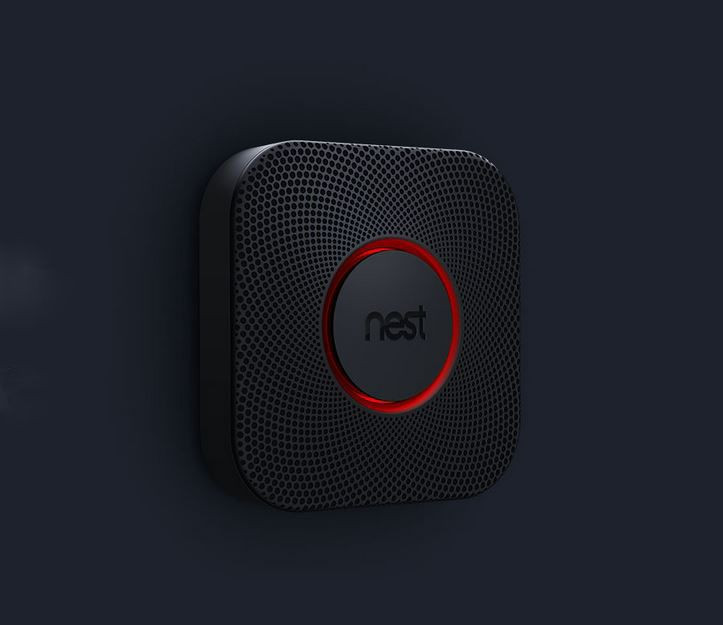Nest Labs Brings Its Nest Protect Smoke Detector Back, Device Now Costs $99

Google Inc.’s (NASDAQ:GOOGL) Nest Labs has decided to resume sales of its Nest Protect, a high-tech smoke and carbon monoxide detector, which was pulled from the market last month due to safety risks.
The Nest Protect is now available for $99, which is $30 cheaper than before. However, the device still lacks the Wave feature, which would allow users to stop alarms by waving under the device's sensor. In April, this feature was found to be malfunctioning on the device, forcing Nest to issue an over-the-air update to disable the feature and allow buyers to return their faulty devices for a full refund.
Although the new Nest Protect units will be shipped without the Wave feature, a Nest spokesperson told TechCrunch that the company is “still looking into a solution.”
The device also comes with unique features, such as a capability to send a notification to a smartphone in the event of a fire in the house. The device can also sense carbon monoxide and alerts users to high CO levels.
The company also released a white paper on carbon monoxide based on data collected by Nest Protect smoke alarms installed in consumers’ homes. Here are some notable findings, provided by Nest:
- 0.15 percent of homes experienced a CO event per month between November 2013 and May 2014.
- Peak CO levels ranged from 70 parts per million (ppm) to 1,964 ppm, with a median of 142 ppm. Health officials consider 70 ppm the minimum threshold for a CO alarm. (Source: U.S. Consumer Product Safety Commission)
- The length of CO events ranged from 3 minutes to over 24 hours, with a median of 1 hour and 17 minutes.
- Nest Protect’s data suggests that at least one million households across the U.S., UK and Canada are exposed to high levels of carbon monoxide each year.
“Our goal is that our groundbreaking research will help shed light on how actual CO events unfold. Because behind all the numbers are real people experiencing very real emergencies,” the company said on its website.
© Copyright IBTimes 2024. All rights reserved.





















